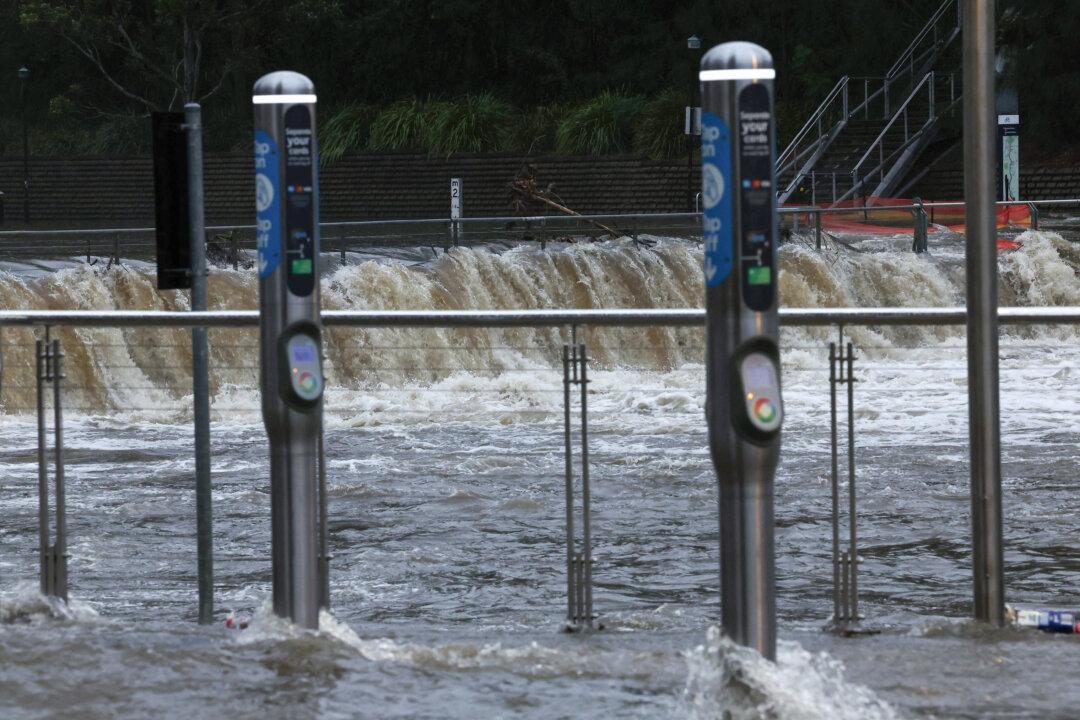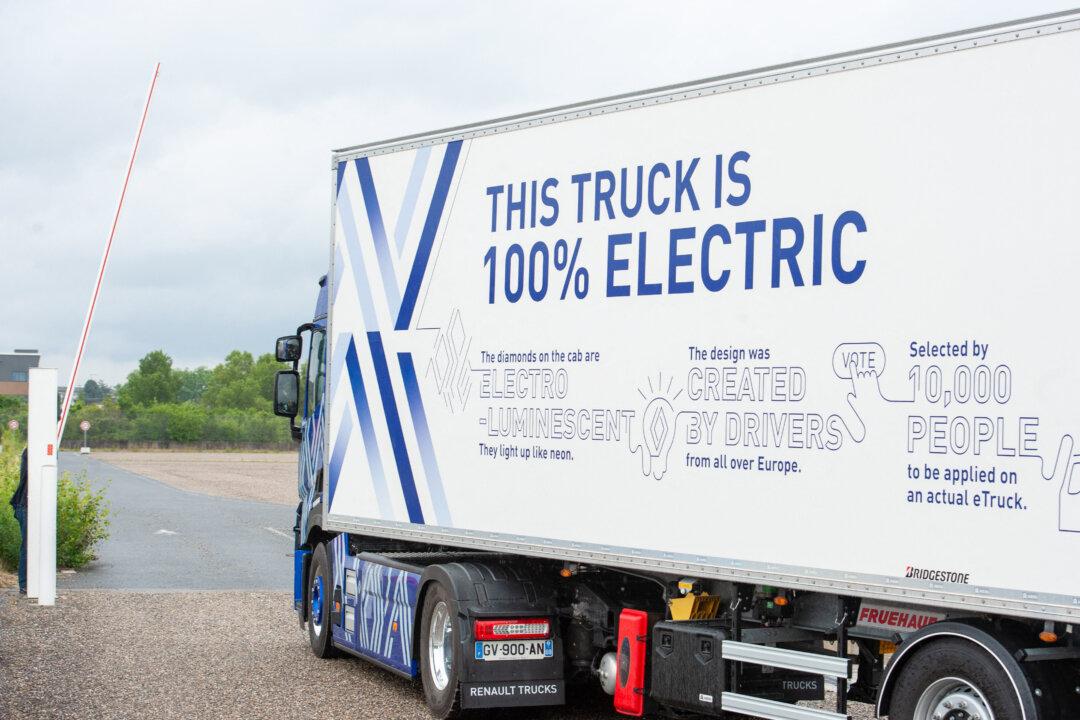The Productivity Commission (PC) has said that the government’s intervention in the insurance market could distort choices and encourage people to make risky decisions.
At a Senate inquiry hearing on Sept. 30, Steward Turner, a research manager at the PC, raised the issue that measures implemented by the government to reduce home insurance premiums, such as the cyclone reinsurance pool, could bring about unintended consequences.





